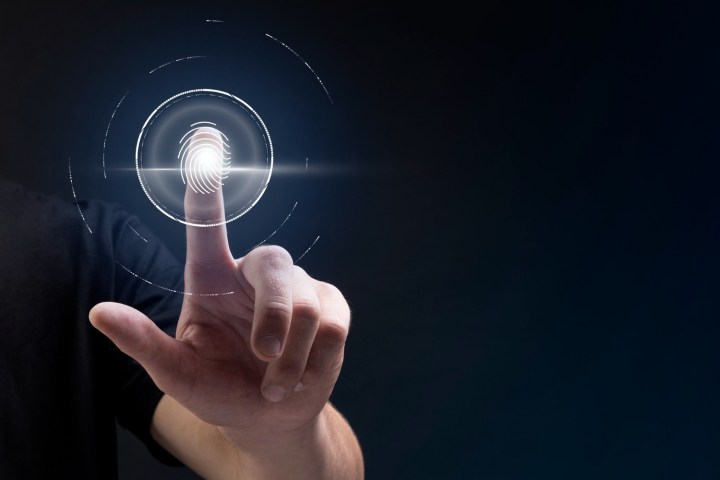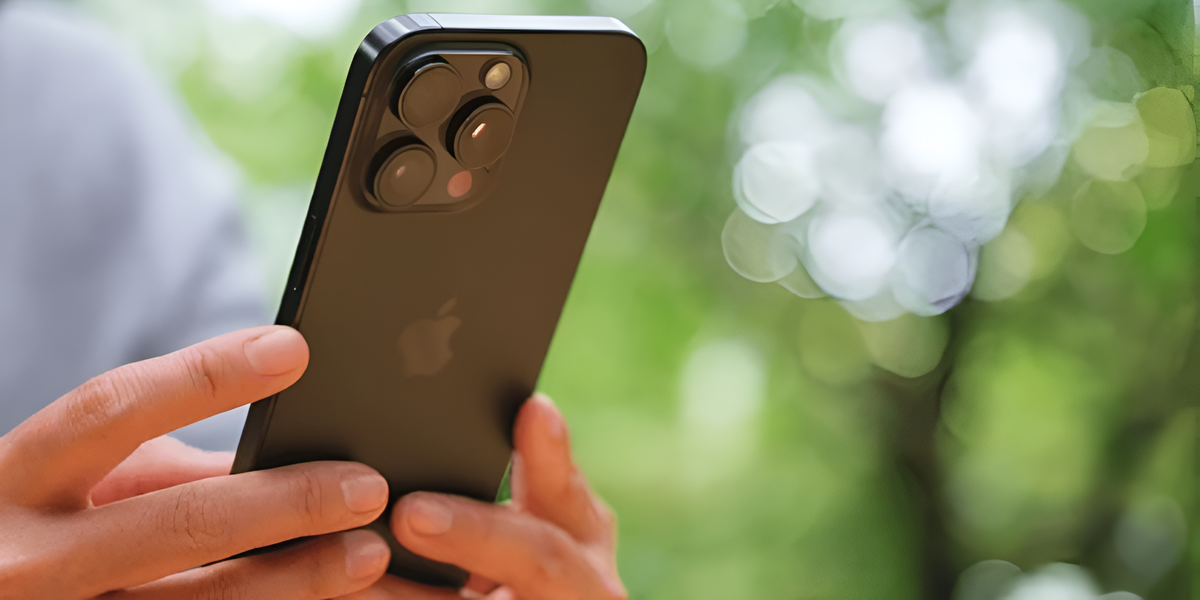In a world where security and technology go hand in hand, Huawei, one of the world’s leaders in technology innovation, is revolutionizing the way we interact with our mobile devices. With its latest step in biometric identification, Huawei aims to completely transform the biometric technology experience. fingerprints. How do you do it? So we are telling you.
Revolutionary patent in the field of biometric identification
Huawei has made a bold move into the world of biometric identification by recently publishing a patent for ultrasonic fingerprint technology. Patent application number CN117058725A discloses an innovative module that promises to improve fingerprint identification accuracy through the use of piezoelectric layers and multilayer circuit substrates.
Weibo tipster @DigitalChatStation reported that the company is working on its own ultrasonic fingerprint sensor integrated into the screens of its devices, and also suggested that previous rumors of Goodix fingerprint technology for Huawei devices now seem unfounded.
The informant also notes that Huawei is developing new proprietary algorithms for optical and capacitive scanners located under the screen. These algorithms promise to deliver exceptional experiences to the next generation of premium smartphones. With these clues, Huawei seems poised to surprise the market with advanced biometric solutions that will set a new standard for security and functionality.
Another tipster, @BeijingDigitalMaster, claims that Huawei is close to unveiling its long-awaited ultrasonic fingerprint scanner, and all indications are that it could debut the Mate 70 series, probably in September this year. This discovery suggests that the sensor could be more compact than its predecessors, but with markedly improved sensing speed. If these predictions come true, Huawei could become a major milestone in biometric innovation and further establish itself as a leader in the competitive smartphone market.
Huawei’s new strategic move suggests the Chinese giant aims to challenge major suppliers of ultrasonic fingerprint technology such as Goodix, which currently supplies the technology to numerous companies including Samsung. However, according to a report by Gizmochina, Goodix faces restrictions from Qualcomm’s patents that could limit its expansion in the market.
By developing its own ultrasonic fingerprint system, Huawei will reduce its dependence on third-party manufacturers and can better meet the growing needs of the Chinese market.
Overcoming barriers to innovation
An ultrasonic fingerprint sensor differs from optical and capacitive sensors in several fundamental aspects. While an optical sensor captures a two-dimensional image of a fingerprint and a capacitive sensor detects changes in electrical charge, an ultrasonic sensor uses ultrasonic waves to create a three-dimensional image. This three-dimensional ability makes it safer as it is less susceptible to being deceived by false images or prosthetics. Additionally, ultrasonic sensors can handle wet or dirty fingers, making them more versatile in a variety of environments.

Despite the promise of this technology, Huawei faces technical challenges that must be overcome. The penetration power of ultrasonic waves may not be sufficient for some displays, resulting in distortion and inaccurate identification. In addition, noise generated by other electronic signals can affect the accuracy of the system, which poses a major obstacle to successful implementation.
However, Huawei is determined to solve these technical problems and take its ultrasonic fingerprint identification technology to the next level. The company has demonstrated remarkable resilience in the face of trade sanctions and political pressure.
With China leading the way in patent applications, ahead of established technology powers such as the US, Japan and South Korea, Huawei continues to set the pace in innovation and technological development. Its focus on research and development of advanced biometric identification solutions has the potential to redefine the standards of security and efficiency in the global technology industry.
Source: Digital Trends









